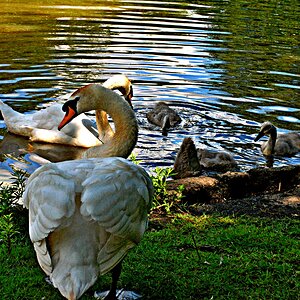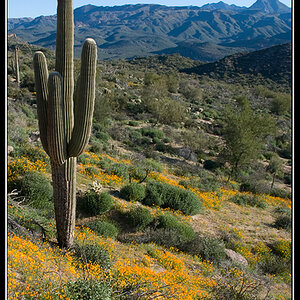- Joined
- May 1, 2008
- Messages
- 25,422
- Reaction score
- 5,003
- Location
- UK - England
- Website
- www.deviantart.com
- Can others edit my Photos
- Photos OK to edit
Two books:
Start with: The Digital Photography Book 1 by Scot Kelby
Then once you've read that and tried the content:
Understanding Exposure by Bryan Peterson.
Your question is understandable considering your experience, however the replies you have gotten are correct. We can't give you ideal settings, there aren't any. There are some ideal balances of settings that you can use - the Scot Kelby book gives you some pointers on these for different situations and whilst its not a comprehensive introduction to exposure it does give you some ground "rules" or "guidelines" for different situations. Further it starts to teach you what your "primary" setting might be for different situations based upon what effect you want.
The Byran Peterson book goes much further (and is still aimed at beginners and if you want you can certainly start with that book and skip the Kelby one which you should grow out of pretty fast) into outlining the balance between the three primary settings to teach you not only how to best balance them; how their effects vary for different shots but also how to judge what a "correct exposure" really is.
Start with: The Digital Photography Book 1 by Scot Kelby
Then once you've read that and tried the content:
Understanding Exposure by Bryan Peterson.
Your question is understandable considering your experience, however the replies you have gotten are correct. We can't give you ideal settings, there aren't any. There are some ideal balances of settings that you can use - the Scot Kelby book gives you some pointers on these for different situations and whilst its not a comprehensive introduction to exposure it does give you some ground "rules" or "guidelines" for different situations. Further it starts to teach you what your "primary" setting might be for different situations based upon what effect you want.
The Byran Peterson book goes much further (and is still aimed at beginners and if you want you can certainly start with that book and skip the Kelby one which you should grow out of pretty fast) into outlining the balance between the three primary settings to teach you not only how to best balance them; how their effects vary for different shots but also how to judge what a "correct exposure" really is.


 most people that read Bryan Patersons book come back with lots of question's that should have been answered by the book
most people that read Bryan Patersons book come back with lots of question's that should have been answered by the book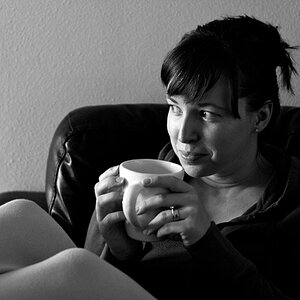
![[No title]](/data/xfmg/thumbnail/35/35265-c9ea3efd2c618a57ea136e63ad106880.jpg?1619736970)
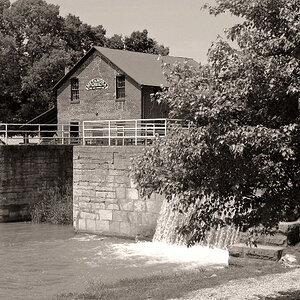
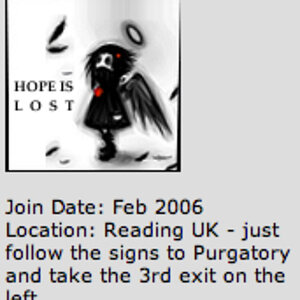
![[No title]](/data/xfmg/thumbnail/40/40286-86401b94de8b01bea8bb4ea154aaea0a.jpg?1619739408)
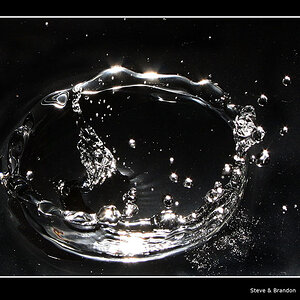
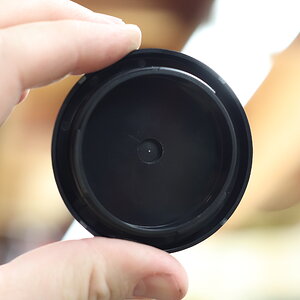
![[No title]](/data/xfmg/thumbnail/35/35263-86f580cf5d28d23109a45984030a79ad.jpg?1619736968)
![[No title]](/data/xfmg/thumbnail/42/42452-e36799eaff36dca02ffc57ce660e5e20.jpg?1619740190)
